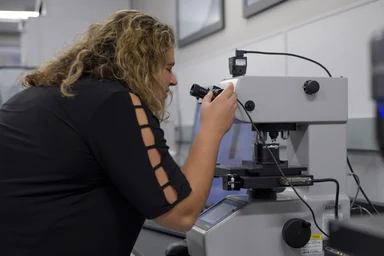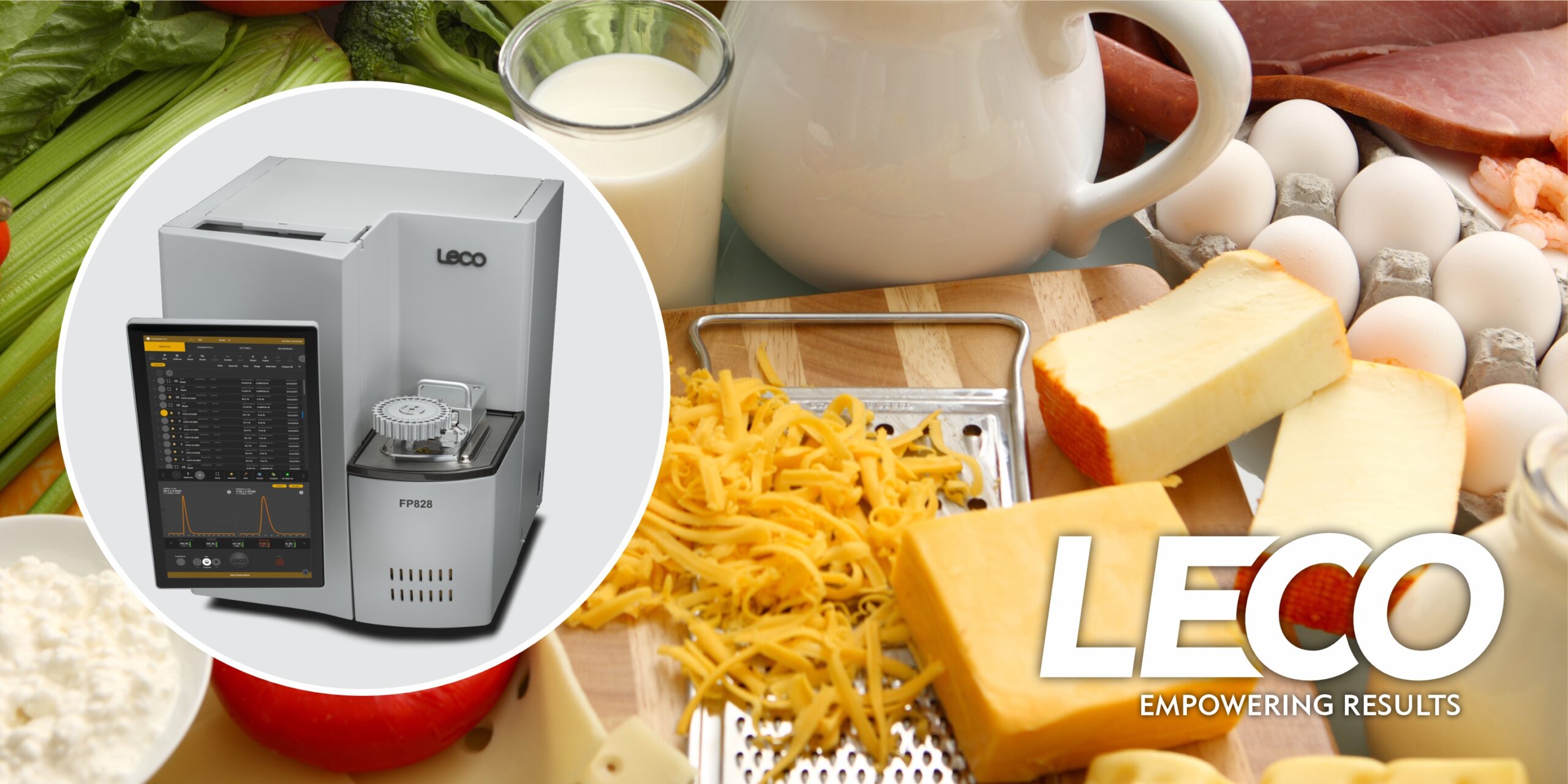
Rockwell hardness testing has a lot of advantages over the other testing methods, primarily with the speed of testing. That being said, there are some materials that cannot be tested with a Rockwell method. Small, thin, or fragile samples needs Knoop or Vickers testing for an accurate measurement.
ASTM E140 is a standard for hardness conversion tables. It includes many different materials and conversion numbers between various testing methods as well as equations for using these conversions. In theory, you should be able to find your material, plug your numbers and the conversion number into the appropriate equation, and be able to convert your hardness values between scales with perfect accuracy. In practice, however, these tables are not nearly that precise.
Material hardness is a combination of various properties of said materials. Not every nickel alloy, for example, is going to have the exact same hardness due to material alloy, grain structure, heat treatment, and more. The values in the ASTM E140 tables are all approximate, calculated from testing done many years ago, some even on equipment that is no longer used today, and called out as such in every table title. Beginning with an approximate conversion value means that the actual calculated conversion, by its very definition, must also be approximate. It is impossible to calculate an exact conversion using ASTM E140.
Nevertheless, sometimes conversions do need to be made using the tables in this specification. An engineering drawing or material specification may call out a Rockwell hardness requirement that is impossible to measure on the sample at hand. This is where the conversion tables are useful, but when conversions are made, the conversion must be clearly stated on any data reporting.








 To make this site work properly, sometimes we place small data files called cookies on your device. This is a common practice for websites.
To make this site work properly, sometimes we place small data files called cookies on your device. This is a common practice for websites.